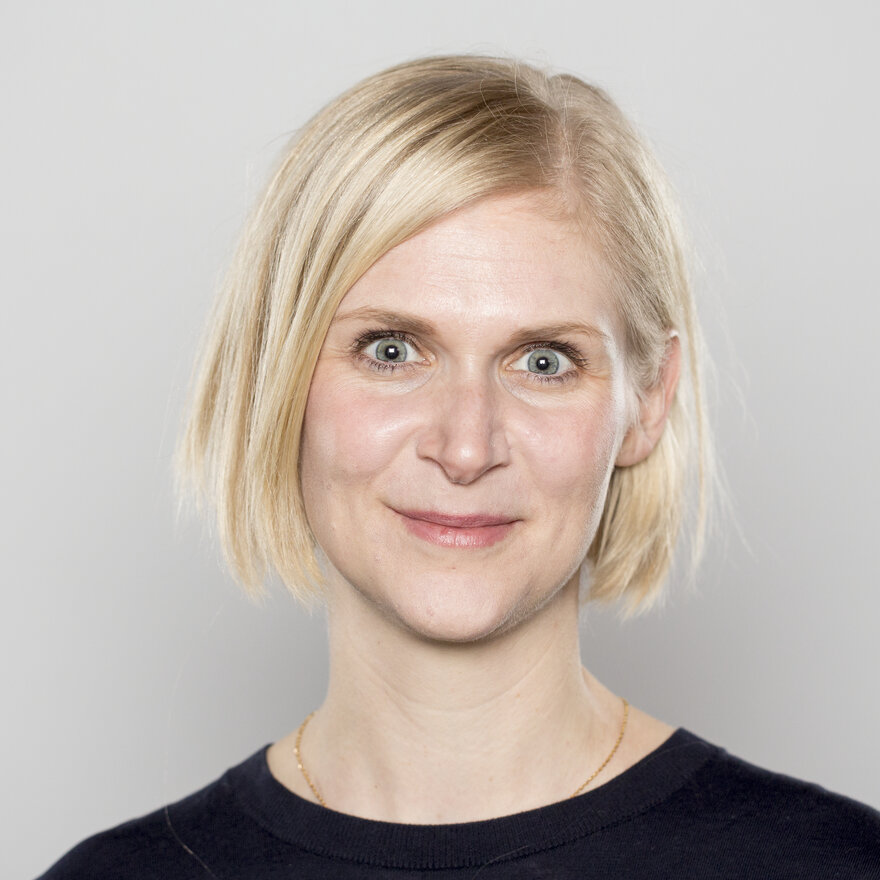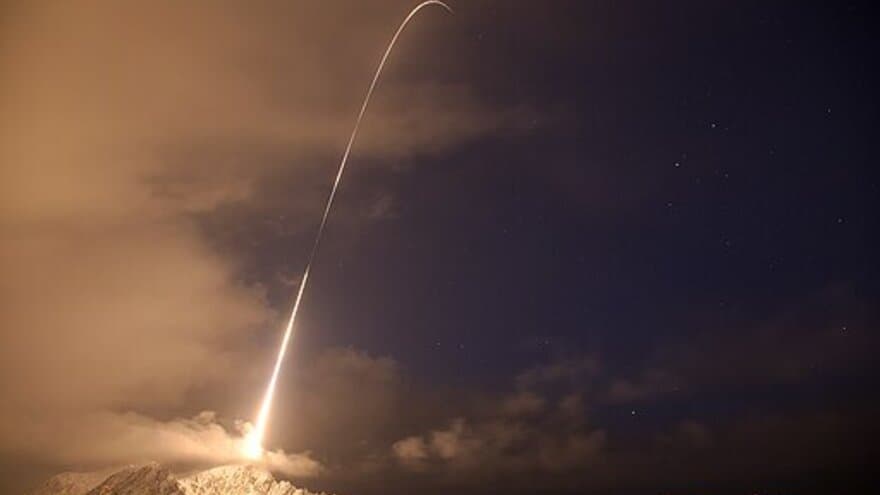The Norwegian University of Life Sciences will explore the consequences that the development of space infrastructures in the High North has for the Arctic region.
Satellite-based services have become an important part of our daily life. Communications, broadband, navigation, earth observations and weather monitoring all use satellite technology. The number of nations actively involved in space infrastructures has grown in the past 25 years, and a large commercial sector has developed to exploit satellite data and services.
New space strategy
In Norway, the fossil fuel nation’s development efforts are increasingly focused on outer space. Whilst the country has been engaged in space activities since the 1960s, Norway adopted a new national space strategy in 2020 with goals including a profitable space industry and the promotion of space security. The same year, Norway’s Ministry of Climate and Environment teamed up with partners in the space industry to provide high-resolution satellite data of the tropics. Norway’s International Climate & Forests Initiative provides freely available images and data to support efforts to stop the destruction of the world’s rainforests.
Whilst the diversification of the Norwegian economy and the promotion of sustainable development have been highlights of Norway’s new space strategy, space infrastructures are increasingly being developed for military use. Norway’s National Defence Research Institute has several ongoing initiatives to advance national space capabilities that are relevant for military users including maritime surveillance from space and satellite communication in the Arctic.
Space and the High North
All Arctic nations, including the United States and Russia are interested in the High North due to its resources and strategic location. Several countries have a rapidly increasing military, civil, and commercial presence in the region. Last year, Russia’s space agency Roscosmos announced plans to launch nine polar-orbiting satellites to monitor the Arctic by 2026. Norway’s space efforts also have a central focus on the High North. The government white paper Between heaven and earth: Norwegian space policy for business and public benefit states that “there are few, if any, alternatives to satellite-based systems when addressing the communication, navigation, surveillance and preparedness needs of the High North.”
Amongst this flurry of activity, there is very little understanding of the ramifications of such developments of space infrastructure in the High North. Researchers led by the Norwegian University of Life Sciences (NMBU) will attempt to fill this knowledge gap. They have been allocated 7 million NOK by the Research Council of Norway to examine the impacts on the environment and security in the region and beyond.
Exploring the impacts
The 3-year, 7 million NOK NordSpace project will investigate space activities in the context of environmental and security politics in the three lesser-known space nations in the Nordic region: Norway, Sweden and Iceland. The economic structures and governance of space-related activities in the region will be mapped, and future strategies and policies will be explored.
“With increasing economic and political focus on developing the space sector in the High North, it is timely to research the impact on security and environmental politics” says International Relations expert Katharina Glaab, who is leading the project from the Norwegian university. “Given that focused investments will affect the region, we also need to understand the challenges and opportunities that the development of space infrastructures will have for the people in the High North.”
It is timely to research the impact on security and environmental politics.
Katharina Glaab
“The project will build a key Nordic knowledge network that will contribute to the growing field of research studying space politics from a social science perspective,” explains Glaab. “We aim to provide an understanding of the relationship between space activities and environmental and security politics in the Arctic.
Other Nordic research institutions involved in the initiative are the University of Oslo, Roskilde University in Denmark, the University of Stockholm, the Swedish Defence Research Agency, and Iceland’s University of Akureyri.
“The results of this initiative will advance knowledge on space activities of three Nordic countries and the implications of space infrastructures for the High North,” adds pro-rector for research and innovation at the Norwegian University of Life Sciences, Finn-Arne Weltzien. “The project will build critical expertise on a new and rapidly developing phenomenon.”

Katharina Glaab
Associate Professor
Project Leader, NMBU

Finn-Arne Weltzien
Pro-Rector Research & Innovation
